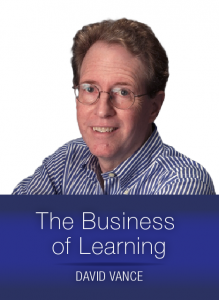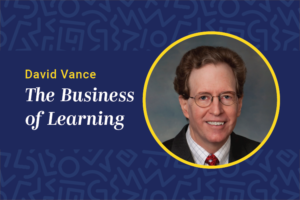
 One of the hallmarks of a profession is a standard language, an agreed-upon framework for measures and common processes. For instance, accounting has a common language, agreed-upon measures, statements and processes. Accountants have four basics types or categories to organize their hundreds of measures. You will recognize these as revenue (or income), expense (or cost), assets and liabilities. Most accounting measures can be grouped into one of these categories.
One of the hallmarks of a profession is a standard language, an agreed-upon framework for measures and common processes. For instance, accounting has a common language, agreed-upon measures, statements and processes. Accountants have four basics types or categories to organize their hundreds of measures. You will recognize these as revenue (or income), expense (or cost), assets and liabilities. Most accounting measures can be grouped into one of these categories.
Accountants place these measures into three standard statements, each with a different purpose. The three are income statement, or profit and loss (P&L for short); balance sheet; and cash flow statement. The three taken together provide a holistic view of an organization’s financial position and can be used to manage the organization throughout the year. Last, their profession has a host of practices taught at university like: how to define and use the measures, how to create and use the statements, how to use measures to analyze issues and solve problems — for example, ratio analysis, the DuPont model, the audit process.
What does learning have that is comparable? Unfortunately, very little. Ed Trolley and David van Adelsberg suggested two categories of measures, effectiveness and efficiency, in their ground breaking 1999 book “Running Training Like a Business,” but the profession did not fully embrace them.
We started with their work in 2010 and broke out outcome measures from effectiveness measures for Talent Development Reporting principles, or TDRp, to highlight their importance. While more are adopting the three TDRp categories, you can pick up any professional publication and find the terms used inconsistently. This does not happen in accounting. Accountants have standard names and definitions for all their measures. In learning, we do not. People define and calculate the same measures differently. Unlike in accounting, there is no single source of truth, no professionwide measures library if you will.
Prior to TDRp, we have had no standard reports whatsoever. So, there has been no agreement on what measures go into what reports, or how many to include, or what to do with the measures and reports once they are created. Yes, we have a number of dashboards that typically show results for measures like number of participants, hours, courses developed and delivered and utilization rates, but these don’t rise to the level of standard reports, and there is no agreement on what should be included or how it should be displayed.
Last, we have few standard processes. We have some for instructional design and performance consulting like ADDIE, SAM, SCORM and API, but not much agreement as a profession on most other processes. For example, although it is recommended, we don’t always start with the end in mind. We don’t always meet proactively with our CEOs to discover the coming year’s goals. We don’t always meet proactively with goal owners to reach upfront agreement on the impact of learning and mutual roles and responsibilities. We don’t always align our learning to the organizations’ most important goals. We don’t always create SMART goals for our most important measures, and we don’t always create reports with plan and year-to-date results to manage programs to deliver the agreed-upon goals. Compare these with audit process where all accountants know how to do an audit, and there are standard expectations for how an audit is to be conducted.
If we want to be a true profession, we need standards just like the accountants have. TDRp is designed to help us get there, but we are just at the beginning of this long, but very important, journey. To succeed we all need to work together. Please start using the three categories of measures in your workplace. For your key programs and measures, please start using formats like those in the three TDRp reports.
Let us know where you believe we need to change, refine or improve this framework. Tell us if you think there is another category which should become part of the standard, or if we need a different type of report. Recently, several have asked for some example dashboards that would be consistent with the TDRp framework, so we will work on this.
Bottom line, learning is still a very immature field; this is a work in progress. No one has all the answers, but it is time for us to grow up and take the next step to become a true profession.
David Vance is the executive director for the Center for Talent Reporting, founding and former president of Caterpillar University and author of “The Business of Learning.” Comment below, or email editor@CLOmedia.com.




